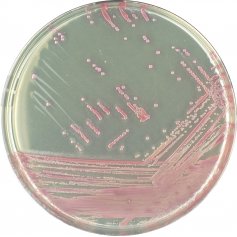Productcode: TA672
Supplier: CHROMagar
Package size: 5000 ml
Staphylococcus aureus is a major pathogenic bacterium found in clinical specimens and in food industry products. Staph. aureus is a commensal human germ (50% of the population hosting S.aureus) but can be an opportunistic agent due to its pyogenic and toxinogenic behaviour. It represents a major public health problem.

For more information from Labema’s specialist. The specialist for this product is Toni Sofronjuk.